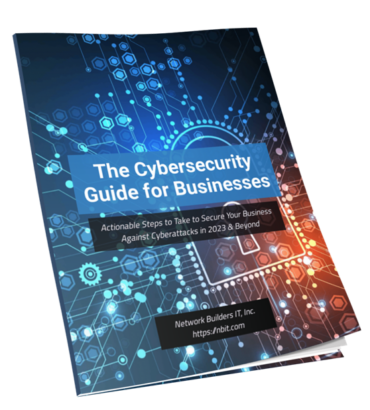
Essential IT Strategies for Growing Your Business
In todays technology driven market
In Today’s Technology-Driven Market
Are you a business owner looking to boost growth? In today’s fast-paced, tech-driven world, smart IT strategies can make all the difference. This guide explores essential IT strategies for growing your business, helping you align technology with your goals, scale efficiently, and stay secure. Let’s dive into practical steps that deliver real results.
Aligning Technology with Your Business Goals
A solid IT plan keeps your business competitive. Essential IT strategies for growing your business start with aligning technology and your objectives. This means creating a clear roadmap. It’s not just about picking the latest tools. Instead, focus on what your company needs now and in the future.
First, identify your goals. Next, evaluate risks and current systems. Then, choose solutions that add value. For example, consider costs and expected returns. Smart planning, like consulting experts, ensures your investments pay off. Testing and tweaking along the way help you stay on track.
Scaling Your IT Infrastructure for Growth
As your business expands, your IT must keep up. Scaling is a key part of essential IT strategies for growing your business. It boosts efficiency and cuts costs. However, growth demands planning.
Ensure your systems can handle more users without slowing down. Security matters too. Bigger operations face bigger risks. Add firewalls, encryption, and access controls to protect your data. With these steps, your infrastructure will support growth without breaking the bank.
Cybersecurity: Shielding Your Business from Threats
Cyber threats are on the rise. That’s why cybersecurity is central to essential IT strategies for growing your business. Large companies may have dedicated teams, but smaller ones can still build strong defenses.
Start with employee training. Teach them to avoid risky links, use strong passwords, and spot scams. Next, install tools like antivirus software and firewalls. Regularly monitor systems, check for weaknesses, and back up data. A clear recovery plan helps you bounce back fast if trouble hits. These steps lower risks and keep your business safe.
Building Flexibility with Cloud Computing and Remote Work
Flexibility drives success today. Essential IT strategies for growing your business include cloud computing and remote work. Cloud tools let you access data and apps online, skipping costly hardware. This saves money and scales fast.
Remote work adds more agility. Employees can work from anywhere, tapping into global talent. It also cuts office costs and boosts morale. Together, these approaches help you adapt to market shifts and customer demands with ease.
Boosting Teamwork with Collaboration Tools
Team performance matters. Collaboration tools are part of essential IT strategies for growing your business. They connect your staff, no matter where they are. Features like messaging, video calls, and task tracking keep everyone in sync.
With these tools, teams share ideas fast. They assign tasks clearly and avoid confusion. Quick feedback loops cut delays and duplicate work. The result? Higher output and smoother operations across your company.
Wrap-Up: Keep Evolving Your IT Strategy
An effective IT plan powers growth. Essential IT strategies for growing your business drive innovation, trim costs, and improve customer experiences. But it’s not a one-and-done task. Success comes from ongoing effort.
Review your plan often. Factor in security, infrastructure, and new tech trends. Staying ahead of the curve keeps you competitive. With these strategies, your IT investments deliver long-term wins.
Need help? Experienced professionals can guide you. Contact an IT expert today to tailor these ideas to your business.

